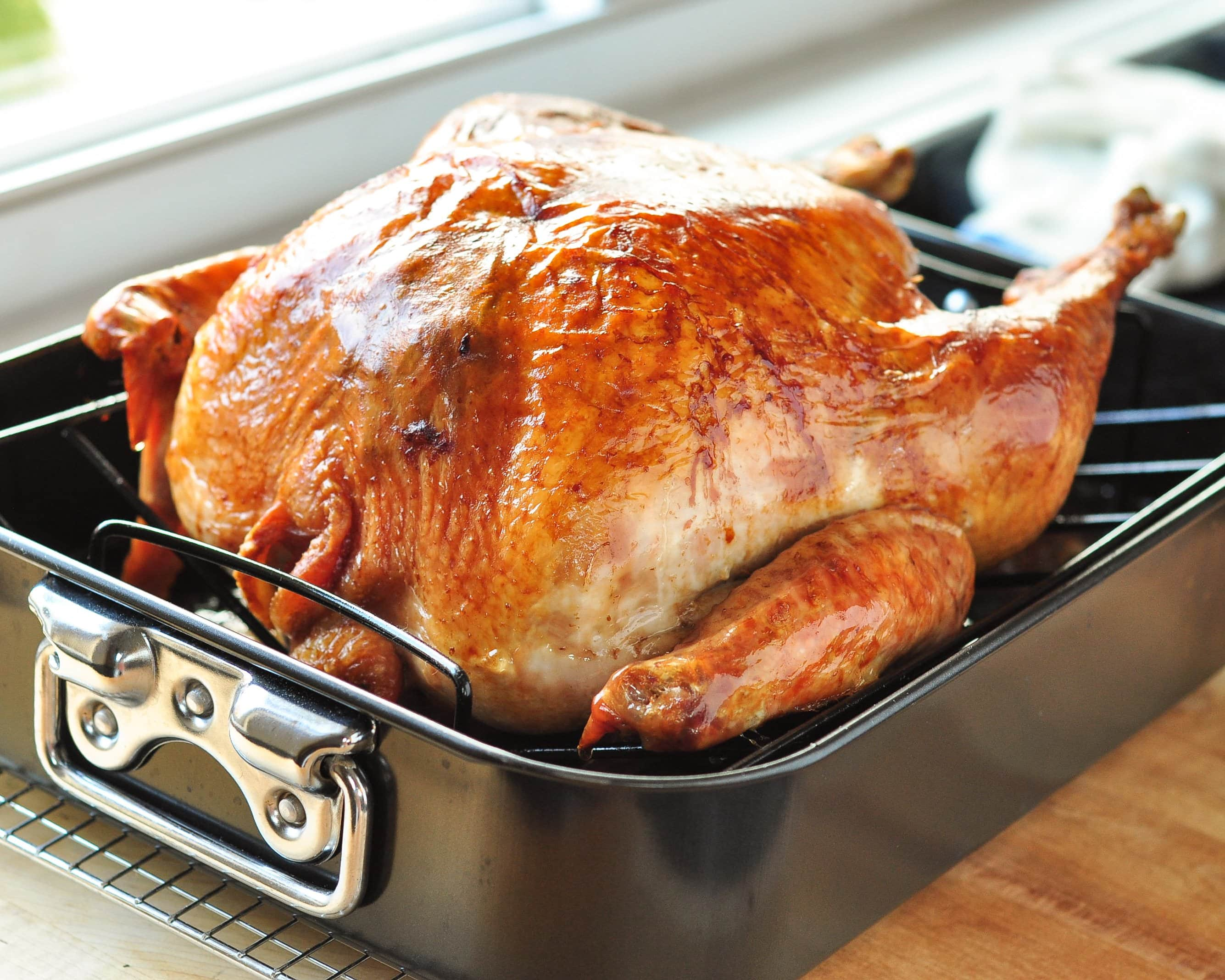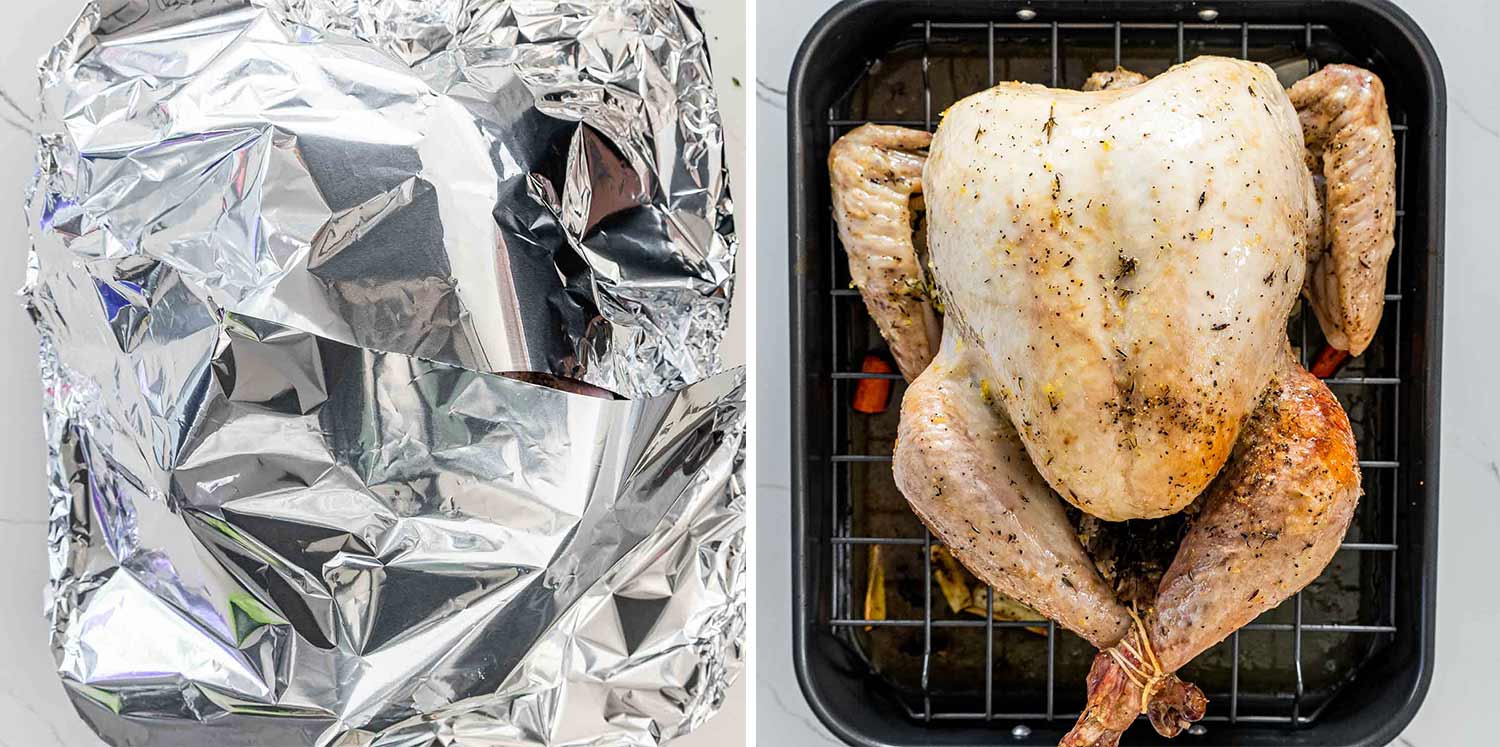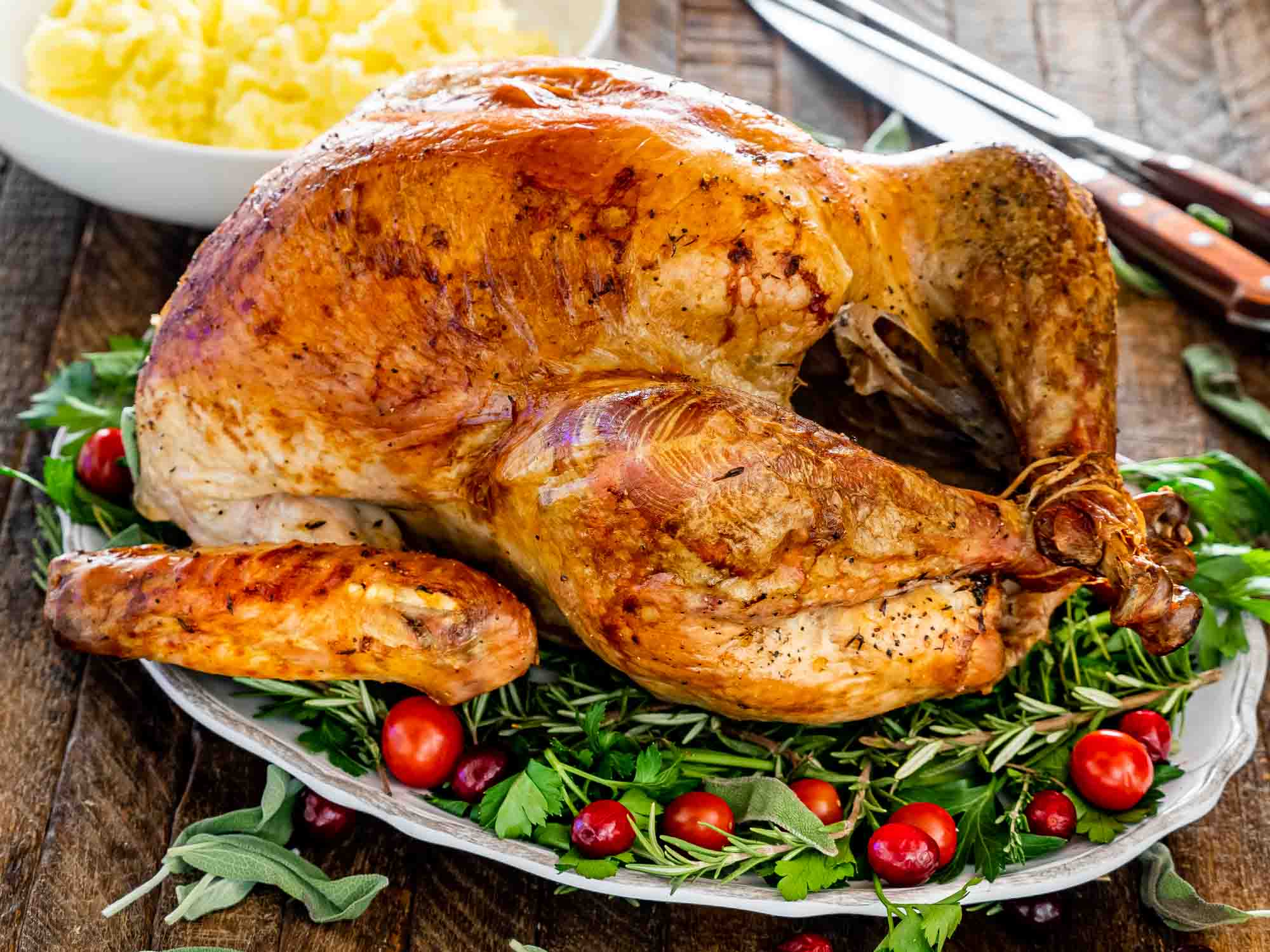How to Roast a Turkey – learn easy techniques to perfectly roast a turkey. Step by step instructions from start to finish.
Cooking the perfect turkey can seem like an intimidating task, especially if it’s your first time being in charge of the Thanksgiving bird. With so many variables to consider from prep to roasting, it’s easy to get overwhelmed. One key decision you’ll need to make is whether or not to cover your turkey while it cooks. Here’s a comprehensive look at the pros and cons of cooking your turkey covered versus uncovered to help you decide what will work best for your ideal bird.
Why Cover Your Turkey?
Covering your turkey while it roasts offers some significant benefits
-
Prevents drying out: Covering your turkey helps trap in moisture and steam to keep the meat juicy and tender. The breast meat in particular can dry out quickly since it cooks faster than the legs and thighs. Tenting foil over just the breast is an easy way to prevent this.
-
Cooks evenly Covering helps the turkey cook evenly all over. The hot air circulates rather than escaping from the pan ensuring no part gets over or undercooked.
-
Self bastes: The trapped moisture essentially self bastes the turkey from the inside out. No need for frequent basting if covered.
-
Adds flavor: You can add aromatic ingredients like herbs, citrus, or wine under the foil or cheesecloth to impart extra flavor.
Why Uncover Your Turkey?
While there are some clear advantages to cooking your turkey covered, there are also good reasons to uncover it:
-
Crisps the skin: Uncovered turkey gets direct heat exposure to crisp up and brown the skin. This adds texture and is many people’s favorite part.
-
Showcases coloring: The lovely golden brown exterior of a cooked turkey makes for an appetizing presentation at the table. Covering the entire time means missing out on this.
-
Reduces moisture: For people who prefer a less moist turkey, uncovering it for a longer period dries it out more. This comes down to personal taste.
-
Avoids steaming: Some people find covering makes a turkey too steamy and wet rather than crispy. Uncovered avoids this.
-
Saves effort: Tenting with foil can be tricky and increase cleanup. Skipping this step is easier.
The Best of Both Worlds
The good news is that you don’t necessarily have to choose between covered and uncovered. The best approach is often to cover your turkey for most of the cooking time, then uncover it toward the end.
-
Cover with foil or a roasting lid for about 2/3 of the total roasting time. This allows the turkey to cook evenly and retain moisture.
-
Remove any covering during the last 30-60 minutes. This crisps up and browns the skin by exposing it to direct heat.
-
For extra browning, you can rub the skin with oil or butter before putting it back into the oven uncovered.
With this simple technique, you can achieve the ideal turkey that is moist on the inside with perfectly crisp, golden skin on the outside.
How to Cover Your Turkey
If you decide covering your turkey is right for you, here are some easy ways to do it:
Roasting Lid
-
Many roasting pans come with a fitted lid. This traps in moisture easily.
-
Make sure the lid fits snugly and the turkey doesn’t touch it.
Aluminum Foil
-
Tent foil loosely over the entire turkey or just the breast.
-
Use multiple sheets and fold up edges to prevent burning.
Cheesecloth
-
Soak cheesecloth in wine, broth, herbs first to impart flavor.
-
Wrap turkey fully in a few layers of cheesecloth.
Key Tips for Perfectly Cooked Turkey
Beyond choosing to cover or not, there are other important tips to ensure turkey success:
-
Thaw completely in the fridge 1-2 days before cooking.
-
Pat the skin dry before roasting for optimal crisping later.
-
Use an instant read thermometer to check doneness rather than relying on time.
-
Let the turkey rest at least 15-20 minutes before carving for juicier meat.
-
Save any juices from the pan after roasting to make flavorful gravy.
-
Carve carefully against the grain of the meat for tender slices.
Final Thoughts on Covered Vs. Uncovered Turkey
When it comes to achieving the perfect turkey, there’s no unanimously right or wrong answer regarding covering it during cooking. It ultimately comes down to your preferences for crispness, moisture, flavor, and appearance. The good news is that you can easily get the best of both worlds by starting covered and finishing uncovered. With the right technique, your holiday turkey will impress guests whether you keep it covered up or let it show off its sizzling golden skin.

Cover The Turkey And Roast

Cover the turkey with aluminum foil and cook covered for 2 hours. Remove the aluminum foil and transfer the turkey back to the oven.
Basic Roast Turkey Recipe
Well with Thanksgiving and Christmas right around the corner, it’s time to roast a turkey. I love this season, it’s my favorite time of the year. And how can you not? You can’t turn the TV on without seeing a Christmas movie on and I just can’t help myself, I watch them all. I can watch Christmas movies all day long.
So have you roasted a turkey before? Don’t be scared, it’s just a big bird. Over the years, I’ve watched my mother roast turkeys over and over again. I love everything about roasting a turkey. The smell in the kitchen, the holiday atmosphere all around and of course, eating that delicious turkey.
This recipe here for a roast turkey is a simple basic turkey recipe. I brushed the turkey with a lemon flavored butter, generously and I mean generously and seasoned it with salt and pepper.

Do you cook a turkey covered or uncovered?
FAQ
Is it better to cook turkey covered or uncovered?
Do you put water in the bottom of the roasting pan for turkey?
Do you cook a turkey covered or uncovered Butterball?
When to tent turkey with foil?
